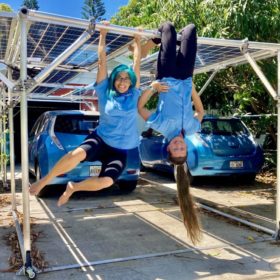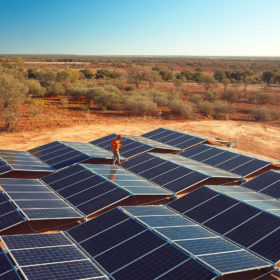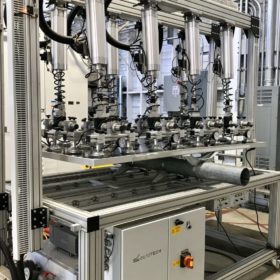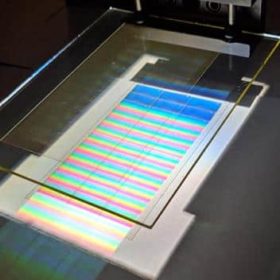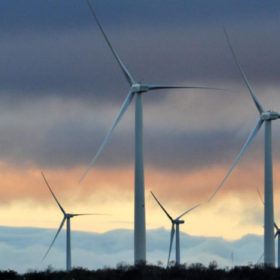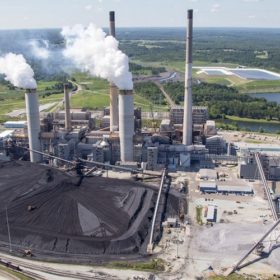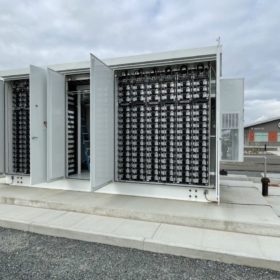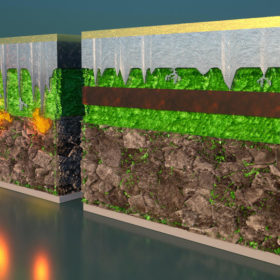Portable solar carport designed by student wins Genius award
Dubbed Gismo Power, the appliance is entirely mobile, can be grid-connected, and may be folded for storage.
Are oil and gas companies on the run?
Private sector fossil fuel spending on exploration is drying up just as modest rises in clean energy investments are being observed. With stock market investors increasingly embracing renewables, the IEA has observed positive signals in its latest energy investment report, but warned we are still doing far too little to keep global heating at bay.
5B’s modular expansion plans boosted by bigwig investment
5B, the Sydney-based modular solar manufacturer has successfully completed its most recent $12 million funding round, and along with the continued support of existing investors, the clean technology company also received investment support from former Australian Prime Minister Malcolm Turnbull and Smart Energy Council Director Simon Holmes à Court.
Module testing reveals increase in mechanical failures
Last week, testing specialists PV Evolution Labs launched its latest Module Reliability Scorecard, which names more than 100 products from 26 manufacturers as top performers, after being put through their paces in extensive lab testing. This year’s scorecard reveals an increase in modules seeing at least one failure during the testing procedure, with newly added mechanical stress procedures causing the greatest number of failures.
Using excess heat from PV modules for lithium-extraction process
Canada-based Enertopia filed provisional patents for technology that it said could boost PV system output by 10% or more and reduce panel heat stress.
Holographic light collector to improve solar panel yield
In the proposed system, the optical element is placed symmetrically at the centre of the solar panel in order to increase the length of the effective light collection region. Each hologram is claimed to be able to separate the colors of sunlight and direct them to the solar cells within the solar panel.
Tool offers insight into how solar and wind impact wholesale electric prices
U.S. Department of Energy’s Berkeley Lab has devised a tool to allow users to compare pricing trends across locations, regions, and timeframes, down to the nodal level.
Novel approach to turn coal plants into energy storage stations goes into testing
Funded by a United States’ Department of Energy grant, the project will evaluate Malta Inc.’s thermal energy storage system as a viable, scalable solution.
Sensor tech to detect fire in lithium-ion storage systems
The deflagration-prevention system combines automatically controlled door locks with a smart controller which manages signals from fire safety inputs such as smoke, heat, or gas detectors. It is applicable from 50 kW to multi-megawatt cabinets.
Harvard scientists unveil solid-state lithium battery that can be charged and discharged at least 10,000 times
US scientists have created a new design for lithium-metal, solid-state batteries that should avoid the formation of dendrites that grow into the electrolyte. Their multilayered battery could potentially recharge electric vehicles within 10 to 20 minutes.
